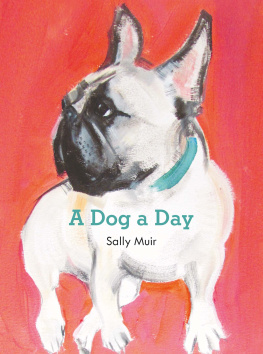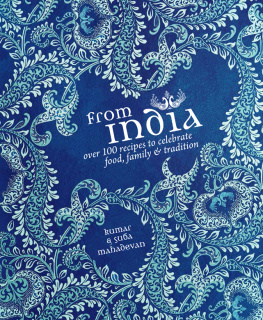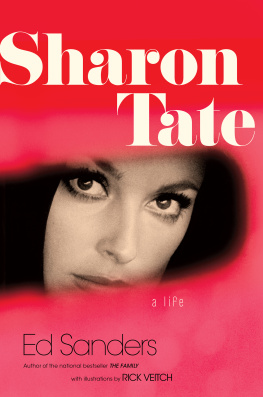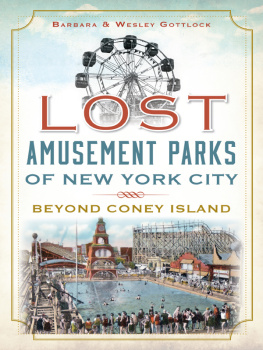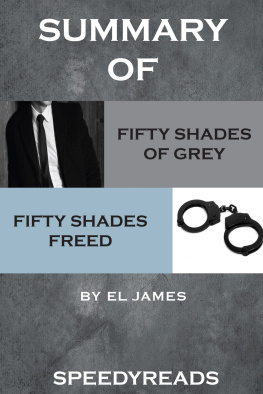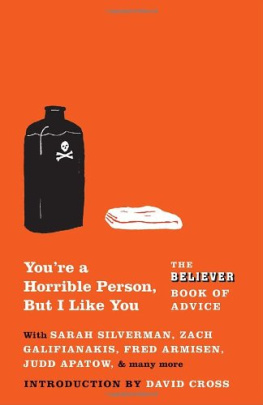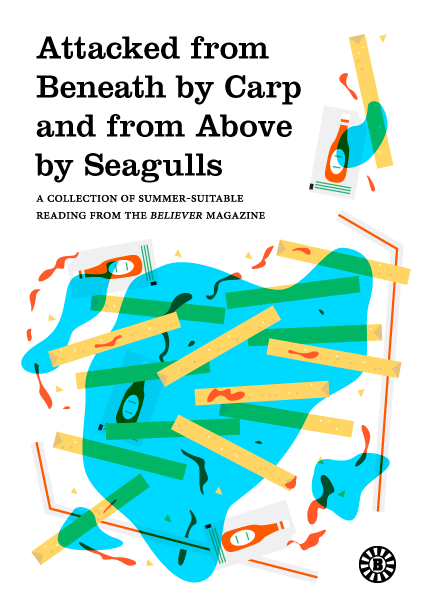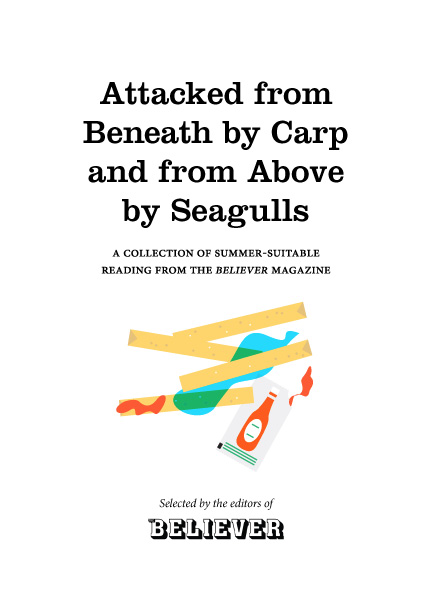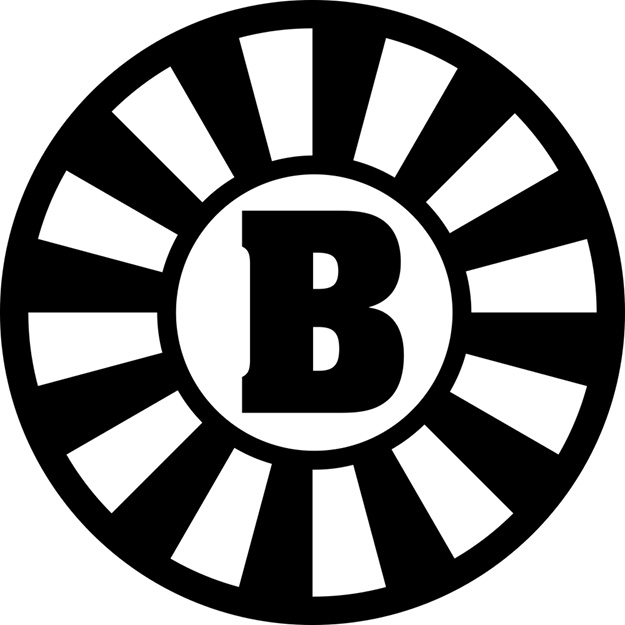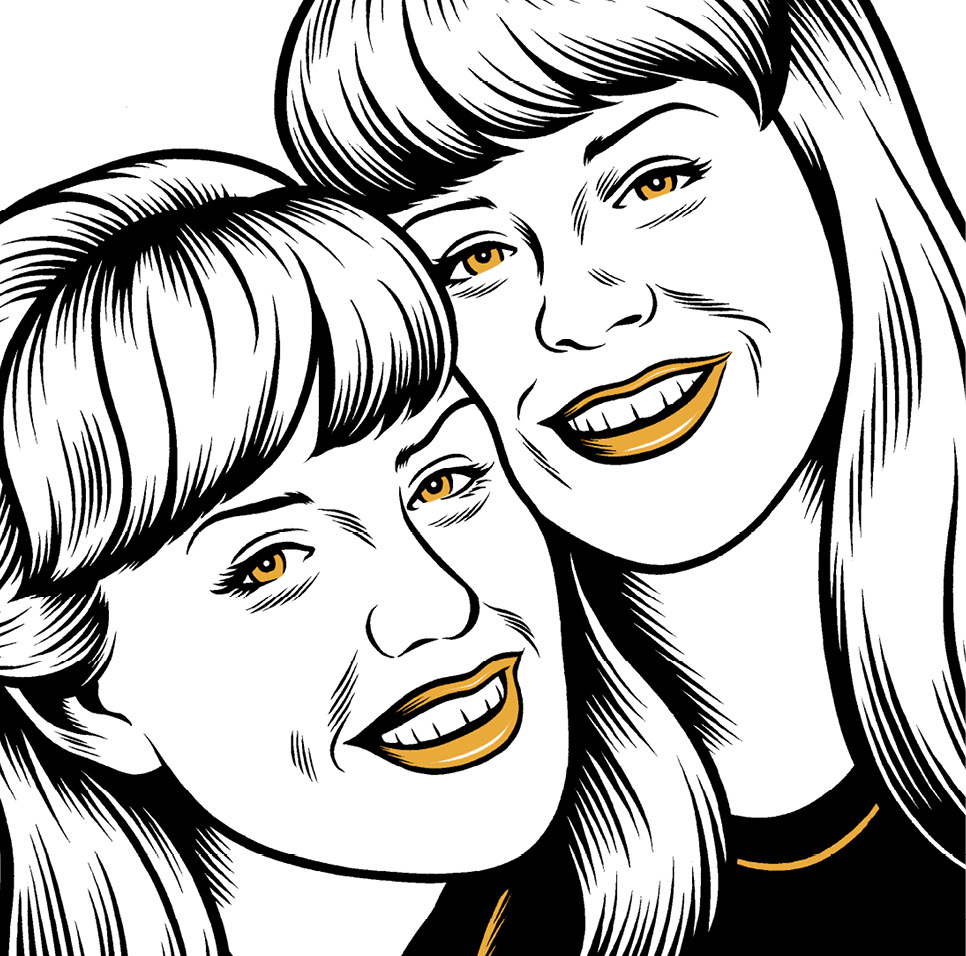Th is collection comprises some of the summeriest piecesessays, interviews, poems, lists, reviews, and chartsfrom the last twelve years of the Believer magazine. Some of them deal with summer staples, like amusement parks and beach houses and road trips and frosty sodas, while others are, we think, just fun . We hope you enjoy the collection, and we hope youre wearing sunscreen.
Th e Believer is a bimonthly arts and culture magazine published by McSweeneys in San Francisco. A five-time National Magazine Award finalist, it publishes journalism and essays that are frequently very long, book reviews that are not necessarily timely, and interview that are intimate, frank, and also very long. Some theme issues come with bonus items, like original art or cassette-tape compilations. You can subscribe at believermag.com or by calling our offices at (415) 642-5609.
Th e Believer is published by McSweeneys, which is transitioning to become a nonprofit. Please visit mcsweeneys.net/donate to learn more.
Th e selections in this book appeared in the Believer magazine between December 2003 and June 2014, as well as on our blog, the Logger .
Illustration by Charles Burns
The Training Bras of Literature
Despite the France-baiting, the coast-baiting, andworst of allthe incessant brunette-baiting, Sweet Valley Highs world of flat superlative descriptions proves inescapably seductive.
discussed: Th e Marketability of Hot Blond Twins, Elizabeth and Jessica Wakefield, Francine Pascal, Double Love, Super Th rillers, I did not write the Nancy Drew books, Th e Enjoli Perfume Ad, 1 Bruce 1, Ms. Quarterback, Oh, just some little place on the Left Bank
by Amy Benfer
(Originally published December 2003)
Sugar serial
For the past three months I have been hiding my reading material from other riders on the subway. If you were to look behind my magazine, you would see one of my secret stash of serial novelsthe Sweet Valley High novels, starring identical twin sisters Jessica and Elizabeth Wakefield, created (but not always written) by Francine Pascal.
But tonight Im sitting in a bar in Brooklyn asking everyone around me to talk about twins.
Th e bartenders are not twinsone is twenty-one, the other twenty-threebut they are sisters. And they are both gorgeous blonds. Th is seems to sell drinks. Th e owner insists that the sisters work the same shifts.
Its easy enough to find two gorgeous young women to bartend. But why is it twice as appealing when those two young women appear related?
Ask the people at Coors. Like my local bartender, they found that employing two look-alike blond girls was a really good way to get boys to buy beer. Th eir most successful ad campaign of the last year features two twenty-six-year-old identical twins, Diane and Elaine Klimaszewski. Apart, they are ordinary, beautiful blond beer broads in bikinis; together they are extraordinary blond beer broads in bikinis. Recently, Shari Waxman wrote an article in Salon.com in preparation for which she went around and asked a bunch of her guy friends to explain why, exactly, they had a thing for twins. If the twins fantasy were actually consummated, wouldnt they be bothered by that incest thing?
Not really. One of the most articulate responses was Th ere are two of them and they are the same and I can have sex with both of them at the same time and did I mention that they are the same?
Watching the boys watching the two girls at my local bar, its easy to see the appeal. Th eir sisterhood gives them a kind of easy girl-on-girl intimacy. Th e girls play to their audiencefirst wrapping their arms around each other, then practicing fake karate kicks on each other.
Blond twins must top the list of the things most likely to sell stuff. Mary Kate and Ashley Olsendespite being insipid, and not that talented or even cuteare apparently, at seventeen, the richest teenagers in America. And back in the eighties, a pair of blond identical twins were used to sell serial novels to eight- to twelve-year-old girls, a demographic that buys the things they like at approximately the same rate that some people buy crack.
I havent been between the ages of eight and twelve for a good long time now. But serial novels are still my crack. I love the endless descriptions of clothes, the florid adjectives used to describe improbable hair, eye, and skin colors; the crazy soap-opera plotlines that start out with routine betrayals and inevitably get entangled in the assorted comas, deaths, and rare diseases necessary to extricate the good boys and girls from the impossible situations theyve been put in.
Fuck subtext. Its all surface. And that is the pleasure.
Back in the bar in Brooklyn, I take out my secret stash of serial novels. Pandemonium ensues. Th e books get passed around the bar, and everyone exclaims over their sudden retro chic, how theyve seen those haircuts and dropped-waist dresses pictured on the cover worn by kids in Williamsburg and on Delancey Street.
Most people in the bar are in their twenties and early thirties. Th ese are the novels that we read as children in the eighties, the ones that taught us exactly how we were supposed to be beautiful and good and reminded us of the ways in which we might not measure up. Somehow, weve grown up and theyve become historical fiction.
Th e books I have with me are (now vintage) copies from the original series, which debuted in 1983 with Double Love . I was ten. Since then, hundreds of Sweet Valley novels have been written; the franchise continues to this day. Many publishers of syndicated novels, perhaps afraid to tinker with their formula, preserve their heroines for decades in cryogenic youth. Francine Pascal was perfectly happy to be promiscuous. Th e twins regressed to preadolescence in the series Sweet Valley Kids (76 novels) and Sweet Valley Twins (118 novels); they went to Sweet Valley Junior High (30 novels); they were allowed to age past sweet sixteen in Senior Year (48 novels); in 1993 they went to college at Sweet Valley University (64 novels); Elizabeth even left her home in California for a junior year abroad in London in her own eponymous series in 2001. And in 1994, Sweet Valley High debuted as a thirty-minute drama on UPN, where it ran for four years.
Ive never seen the TV show and Im not interested in most of the novels past, say, SVH #40. Th e original Sweet Valley High series went up to 143 novels, the last one published in 1998; but by then the plot mill had run its course and some of the titles became frankly ridiculous.By that time, there were also Sweet Valley Super Editions (which ran to around 225 pages, compared with the regular 150-page novels, and usually centered around vacations and holidays, like Spring Break! , Malibu Summer , or Special Christmas ), Super Th rillers (in which even more encounters with the occult and the murderous took place), and Magna Editions (which were even bigger than the Super Editions and often told a family saga, including Th e Wakefield Legacy , Th e Fowlers of Sweet Valley , and Th e Patmans of Sweet Valley ).




